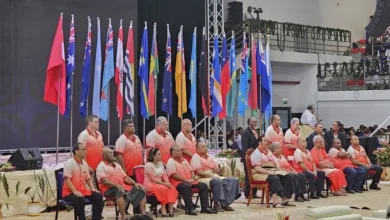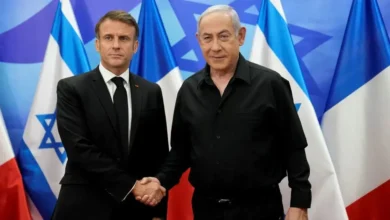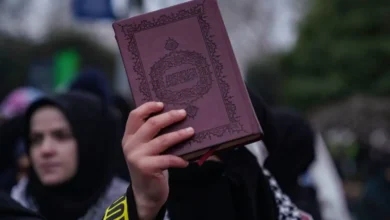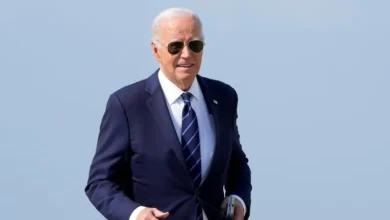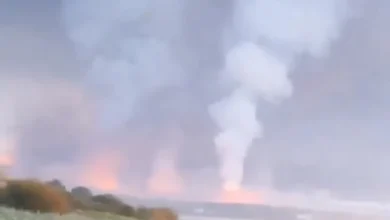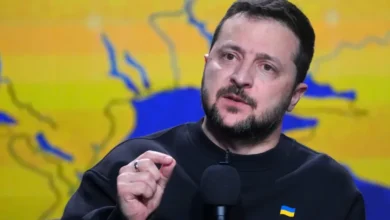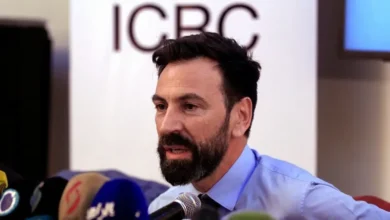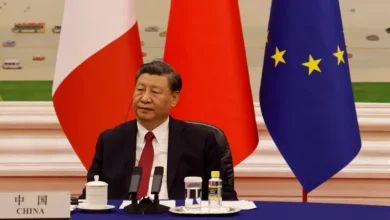What is a Papal conclave? How will the next pope be chosen?
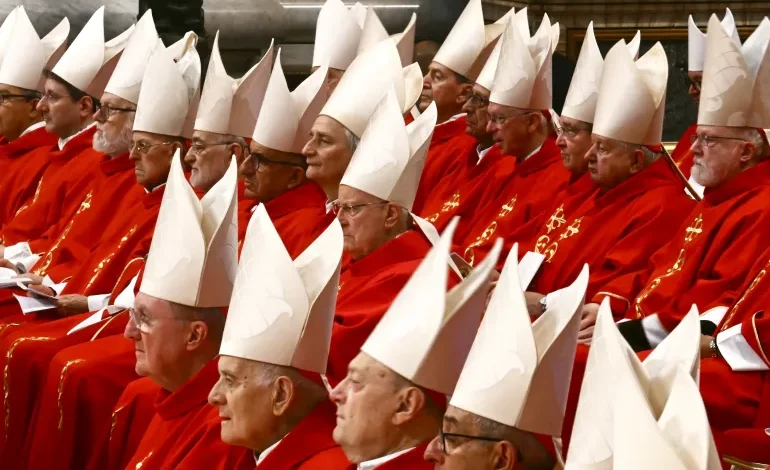
As the formal mourning period for Pope Francis has ended, attention now shifts to the papal conclave in Vatican City, where powerful members of the Catholic Church are converging to elect the next pontiff.
Cardinals from around the world will choose the 267th pope, leader of the world’s 1.4 billion Catholics, at an event of spiritual, political and global relevance. Francis died on April 21 at the age of 88 after 12 years in the papacy.The conclave, which will kick off on Wednesday, will be held behind the closed doors of the Sistine Chapel. It generally lasts several days and, in some cases, weeks.
Here is what we know:
What is a papal conclave?
The term conclave comes from the Latin term “con clavis”, meaning “with a key”, a reference to the tradition of locking the cardinals away until a new pope is elected.
In the Roman Catholic Church, a papal conclave is a solemn, closed-door gathering of the College of Cardinals held to elect a new pope.
Known as the “princes of the church,” the cardinals follow an intricate and centuries-old process rooted in the Middle Ages.
While the traditions have evolved, the current procedures are largely based on the 1996 apostolic constitution Universi Dominici Gregis, issued by Pope John Paul II with later amendments made by Pope Benedict XVI.
Cardinals below the age of 80 vote although all cardinals may attend the meetings irrespective of age. There are currently 135 eligible voters.
In the Roman Catholic Church, the pope is regarded as the successor of St Peter, the chief of Jesus’s apostles and the first leader of the early Christian church.
As such, the pope holds supreme authority over the worldwide Catholic Church in matters of faith, morals, governance and discipline.
The pope is the spiritual leader of Catholics around the globe, supported today by 252 cardinals.
“While Pope Francis emphasised that true power comes from Jesus Christ and that he is merely a disciple, the pope is undeniably a powerful global figure,” Father Francis Lucas, a Catholic priest and executive director of the Catholic Media Network, told Al Jazeera.
The pope typically presides over major church celebrations held at St Peter’s Basilica throughout the year. He is expected to meet with more than 5,000 bishops from around the world at least once every five years. As the bishop of Rome, he is also in charge of governing and managing the Vatican.
When will the conclave start?
The papal conclave is scheduled to begin on Wednesday in the Sistine Chapel, located in the Apostolic Palace, or Papal Palace, at the Vatican.
This follows the traditional nine-day mourning period for Francis.
What happens on the first day of the conclave?
10am (08:00 GMT): Mass for the election of a pope
The day begins with “Pro Eligendo Pontifice”, which means “For the Election of the Roman Pontiff”, a public Mass in St Peter’s Basilica led by the dean of the College of Cardinals.
It’s a solemn liturgy asking the Holy Spirit to guide the church in selecting a new pope.4:30pm (14:30 GMT): Procession into the Sistine Chapel
In the afternoon, the 135 cardinal electors gather in the Pauline Chapel near the Sistine Chapel and chant the Litany of the Saints.
“This is an ancient prayer of the Catholic Church that names the saints in a sort of a roll call, one by one by one,” said Steven P Millies, professor of public theology at the Catholic Theological Union, a Catholic graduate school of theology in Chicago, Illinois, in the United States.
“‘St Peter, pray for us. St James, pray for us,’ … seeking the intercession of all the holy men and women who have gone before us to pray for the success of the conclave,” Millies explained.
They then chant Veni Creator Spiritus and process into the Sistine Chapel.
“There’s also a prayer to call down the Holy Spirit, … fully God as much as the Father and the Son, but the Spirit that guides the church,” Millies added.
“Extra Omnes”: Locking the conclave
After taking an oath of secrecy, the phrase “Extra omnes!” (“Everyone out!”) is declared, and the chapel is sealed. Only the electors and essential staff remain, cut off from the outside world.
First vote
The cardinals may choose to hold a single vote on the first day.
Return to residence
They return to the Domus Sanctae Marthae (House of St Martha), their secured Vatican residence, where they remain in isolation for the duration of the conclave.
“This is somewhat different today from what it used to be,” Millies said.
“In the old days, what they did was they converted the salons of the Apostolic Palace with very uncomfortable cots and pitchers of water. … It was very uncomfortable for a room full of very old men to have to bunk in conditions like that, and so they built this hotel,” he added.
